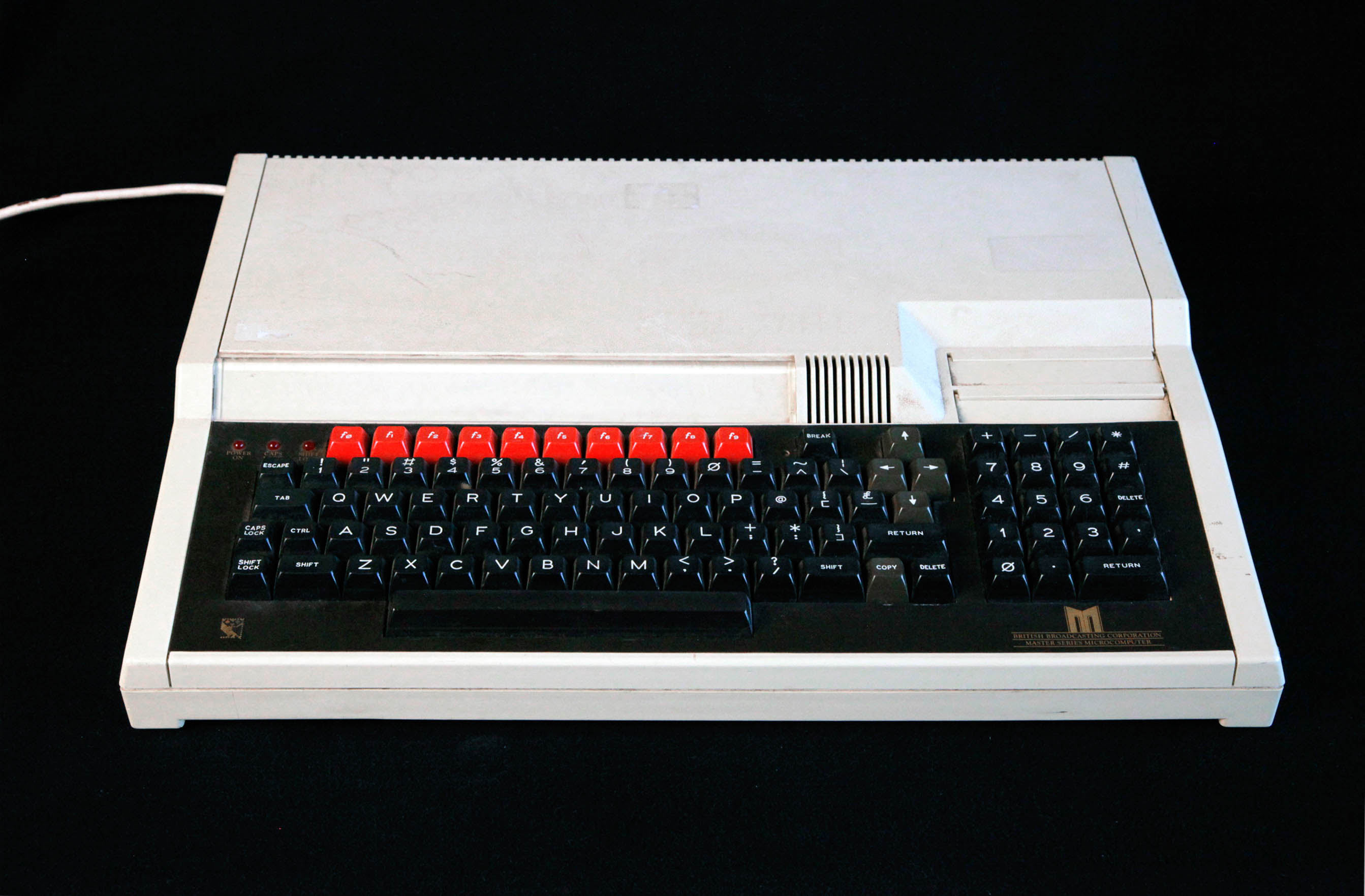|
|

| Acorn BBC Microcomputer | | Acorn Computers, 1986 | CPU: MOS Technology 65SC12, optional Intel 80186 or 65C102 depending on model
Memory: 128 KB–512 KB RAM
Operation system: Acorn MOS, optional DOS Plus
Drives: 128 KB ROM
| The BBC Master is a home computer released by Acorn Computers in early 1986. It was designed and built for the British Broadcasting Corporation (BBC) and was the successor to the BBC Micro Model B. The Master 128 remained in production until 1993.
The Master featured several improvements on its predecessor. The systems had 128 KB RAM as standard, alleviating the shortage of available RAM which had amongst other things discouraged use of the best graphics modes in the original design, and had two cartridge slots mounted above the new numerical keypad.
The BBC microcomputer was developed as part of a national initiative in the UK to promote understanding of computers. It was one of the very early designs and it had very significant influence, particularly through its link to a series of BBC educational television programmes. It also had a very strong presence in schools. One of its considerable strengths was the ability to control graphics directly. At this stage in the development of computers that was a significant innovation. The simplicity of the operating system and the version of the Basic language supplied with the machine, made its accessibility very wide.
Within the world of higher education, there were several projects which sought to use the BBC microcomputer in teaching and learning. An example of this is a set of Computer Illustrated Texts, published by the Institute of Physics, which combined a simple written introduction to topics in mathematics and statistics with code which ran programs to create supporting graphics, often in dynamic and interactive form. These programmes were very simple by today’s standards but they were influential in "breaking the mould” of teaching materials. | |
|
|